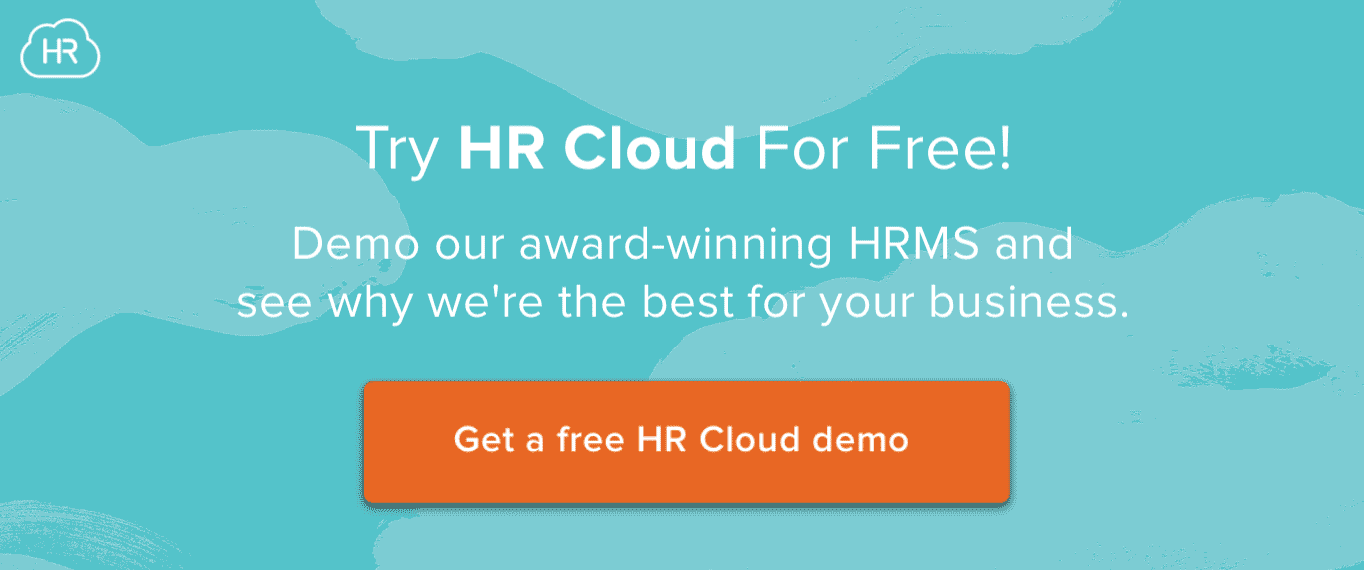

 Cut onboarding time
by 60%—here's the
Ultimate Checklist
that helped do it.
Cut onboarding time
by 60%—here's the
Ultimate Checklist
that helped do it.

Paper is everywhere — especially for HR professionals. You receive and pay invoices with it. You fill out forms and sign contracts on it. You probably even use sticky notes (i.e. adherent paper) to remind yourself to complete different tasks.
But have you ever stopped to consider the cost of all that? We did, and it really starts to add up! In this post, we'll take the time to familiarize you with the numbers. They just might surprise you and make you consider "going digital." But you'll have to decide that for yourself after reading.
Breaking Down Paper Costs
The cost of paper is high, as you're about to see. These costs can be broken down into three different categories. We'll explore each in greater detail now:
The Tangible Cost
First, there's the tangible cost of paper.
Gartner Inc., an industry research firm, estimates that the some companies spend up to 3% of their revenue on paper and paper related expenses such as printers, ink, and filing cabinets. In fact, printing is the third largest expense for most companies, falling behind payroll and rent.
That may seem hard to believe, but if each employee in your company uses the average 10,000 pieces of paper a year, it's becomes much more plausible.
And it's completely unnecessary as 45% of printed paper ends up in the trash by the end of day. But these tangible expenses aren't the only disadvantages to using paper. Let's talk about the abstract costs:
Abstract Costs to Consider
Paper presents invisible costs as well as the tangible ones we just mentioned. Let's just look at a few productivity stats to prove this point:
According to Turbine, 11% of all physical paperwork is either lost or misfiled. This results in 28 lost hours a week for small firms and over $2000 per employee in wasted revenue. That's a lot of money!
If the productivity risks of paper wasn't enough, physical documents also pose a security threat to your organization. Paper is susceptible to both theft and natural disasters such as fire or flooding. If a paper document is introduced to either it's ruined.
Also, did you know that 20% of print jobs are never even retrieved from the printer? This is an enormous potential security risk as anyone who happens to be in your office can easily commandeer private documents.
Even though you can't see them, the abstract cost of using paper is very real.
The Environmental Effect
Finally, the heavy use of paper has environmental ramifications. You don't have to be a "tree hugger" to appreciate the effect that paper documents have on the world around us.
Every year, four billion trees are cut down in order to make paper. Surprised? It gets worse… As much as 16% of the solid waste at landfills is paper. And these numbers don't even take into account the way ink and toner, when not disposed of properly, can negatively impact nature.
All in all, by reducing your company's paper usage, you'll save more money, maintain higher levels of productivity and security, and do your part to protect the environment. But how can your company begin to go paperless?
Reduce Your Company's Paper Consumption
We recently wrote an in-depth blog post on how to create a paperless office for your company. But here are a few quick tips to help you reduce paper consumption until you get to that point:
Make Use of Technology
Technology makes it easy to use less paper. Whether you need to sign documents, evaluate employees, or onboard new hires; there are tools that will allow you to do so digitally. These apps also enable companies to work more efficiently, so it's a double win!
Print Responsibly
When you do decide to print, do so responsibly. Use both sides of the paper and try to leave as little white space as possible on each sheet. This will ensure you're getting maximum usage out of each piece.
Recycle Old Paperwork
When you're done with your printed sheets of paper, recycle them rather than tossing them in the trash bin. Even confidential documents can be shredded before recycling, ensuring security and environmental awareness.
Cut the Cost of Paper
As we've seen in this post, the cost of paper is high. It will cost your company in tangible ways such as paper, printer and ink expenses; and intangible ways like lower levels of security and productivity. Heavy paper usage also affects the environment in a negative way.
Fortunately, there are many technological options you can use to create a paperless office. HR Cloud makes many tools that HR departments can use to not only become paperless, but also improve their entire workflow.
For more information on how our solutions can benefit your business, contact our sales team: sales@hrcloud.com.
Keep Reading
BambooHR vs HR Cloud: Which HRIS Actually Scales for Growing Companies?
TL;DR: BambooHR's apparent simplicity becomes a major limitation as companies scale past
The Hidden Metrics of Frontline Success: Beyond Engagement Scores
"What gets measured gets managed, but what gets measured well gets transformed." — Peter
Embracing Diversity: Recognizing Different Cultures in the Workplace
Workplaces today reflect the incredible diversity of the world around us. People bring
Like What You Hear?
We'd love to chat with you more about how HR Cloud® can support your business's HR needs. Book Your Free Demo

Build a Culture of Recognition. Boost Engagement. Guaranteed.
Workmates empowers employees to stay informed, connected, and appreciated—whether they’re on the front line, in the office, or remote. Recognition drives 12x higher engagement.Trusted by industry leaders in every sector




Cut Onboarding Costs by 60%.
Take the confusion and follow-ups out of onboarding with automated workflows, digital forms, and structured portals—so new hires ramp faster 3X quicker.Trusted by industry leaders in every sector






